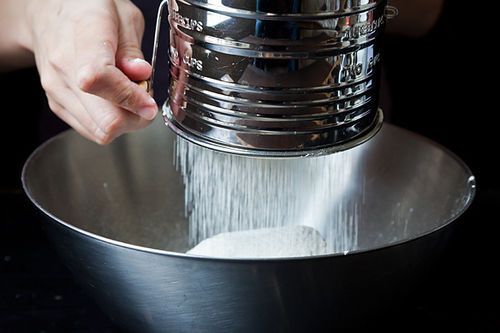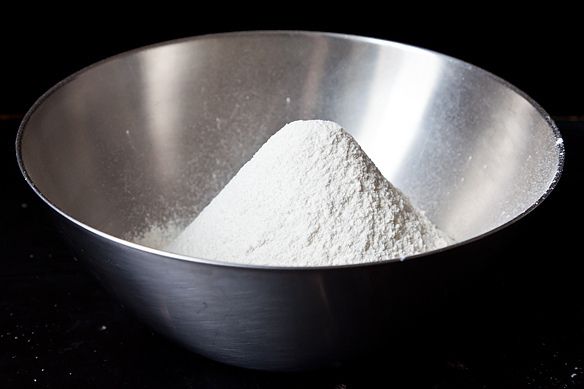Popular on Food52
7 Comments
May
November 28, 2013
Why not just weigh all dry ingredients, then sifting affecting bulk doesn't matter!
boulangere
July 29, 2013
Yes, but what if one need six POUNDS of cake flour, sifted or not? Patience to convert pounds back to approximate cups, then count, then sift, is ridiculous. Instead, I scale ingredients and pour them into a drum sieve along with leavenings. and salt, then sift. Regardless, I always sift. And teach students to do the same.
Alice M.
July 30, 2013
Oh course, exactly! As I said, if weight is given, simply weigh and sift! Same as I did in my bakery, same as you do in yours!
Droplet
July 29, 2013
In the winter months, when opening a new package of flour, I notice tiny globules of compacted flour when sifting (moisture bound obviously), and that is my main reason for sifting. These little beads can be unpleasant in a finer batter. My own grandmother sifts a package when she opens it, and then again before each use- but then again she has plenty of time.
Amanda H.
July 29, 2013
Alice, my grandmother always "sifted" by sticking a whisk in her flour container and whisking the top few inches of flour, then measuring (dip-and-sweep). Do you condone this approach?




See what other Food52 readers are saying.